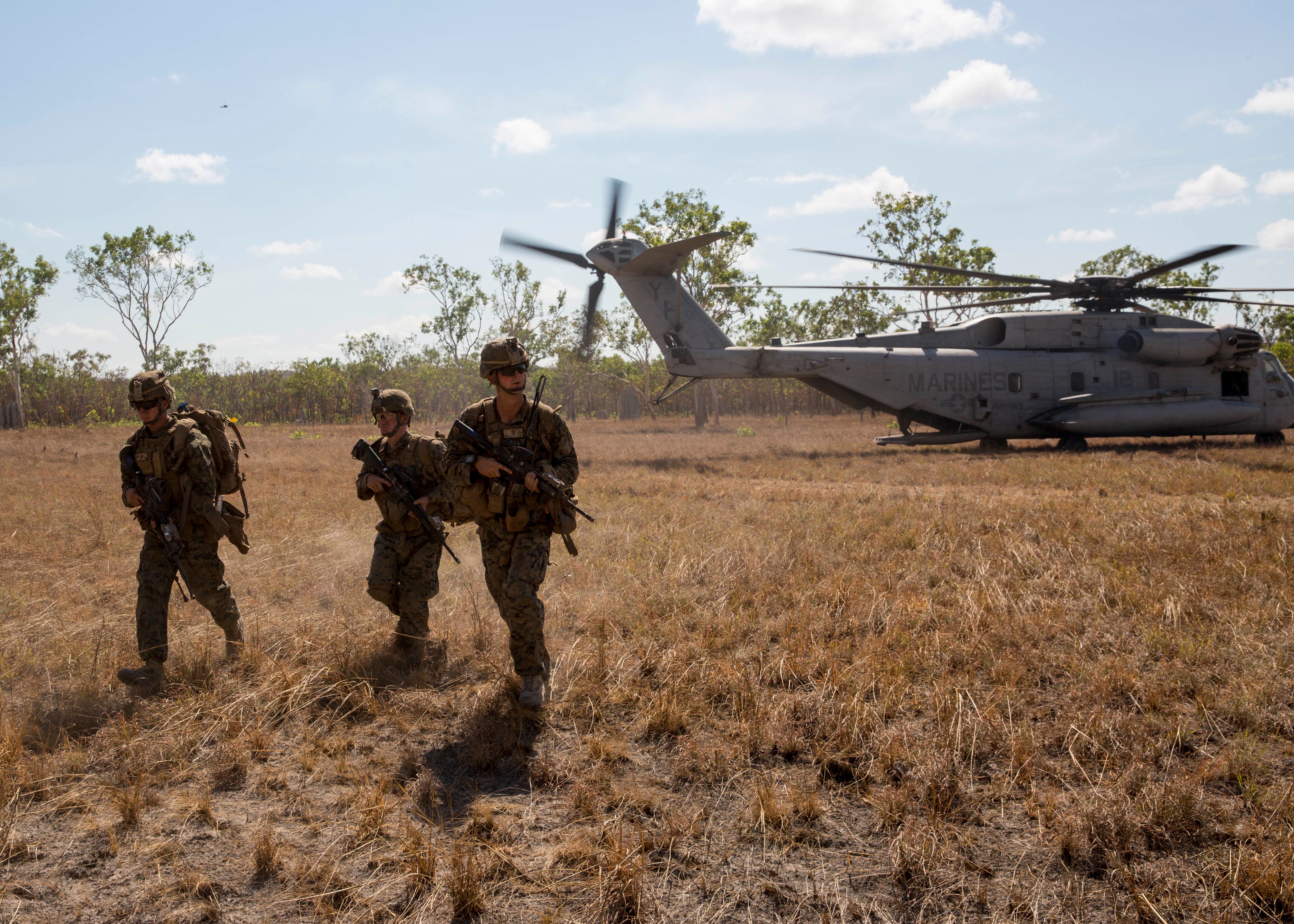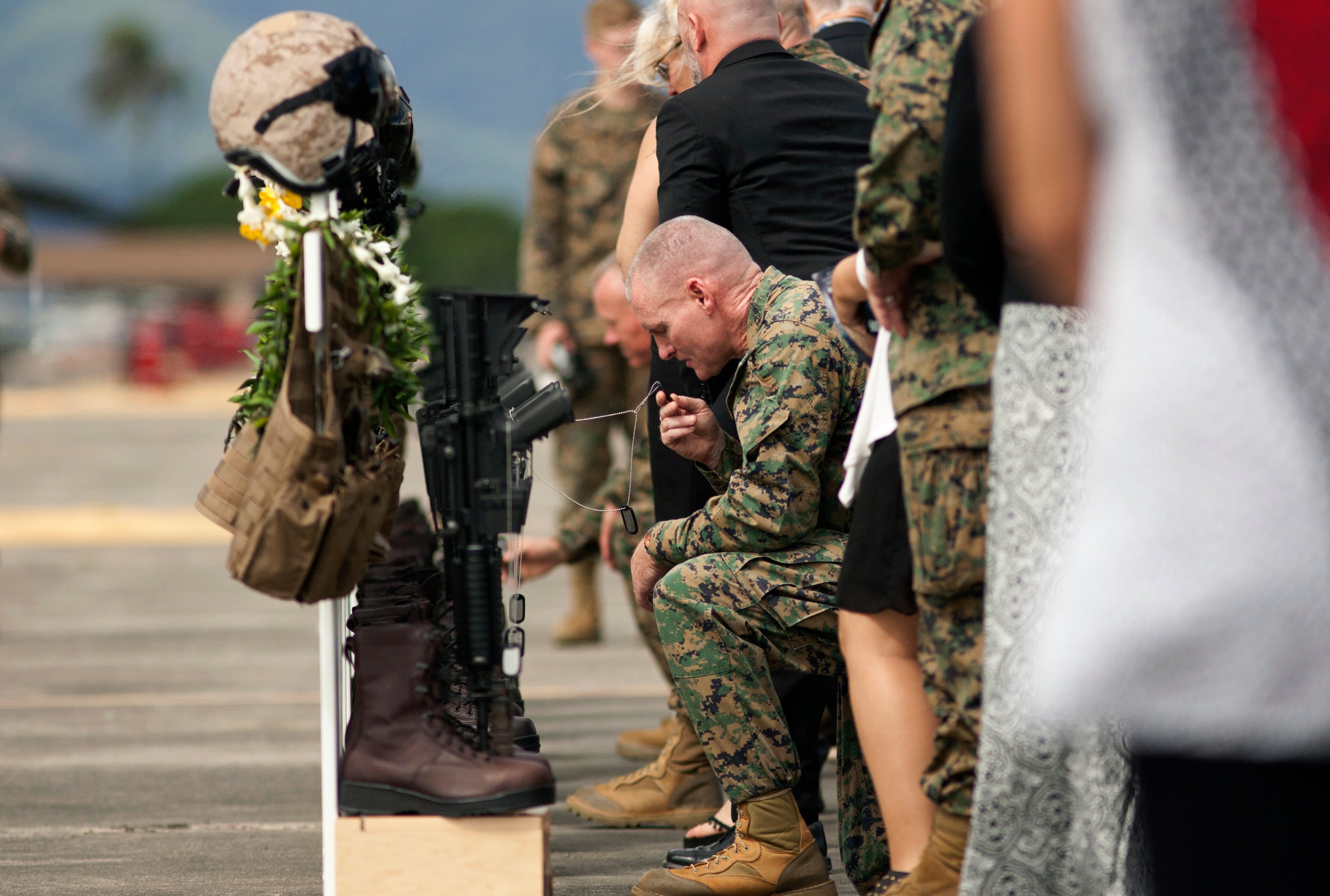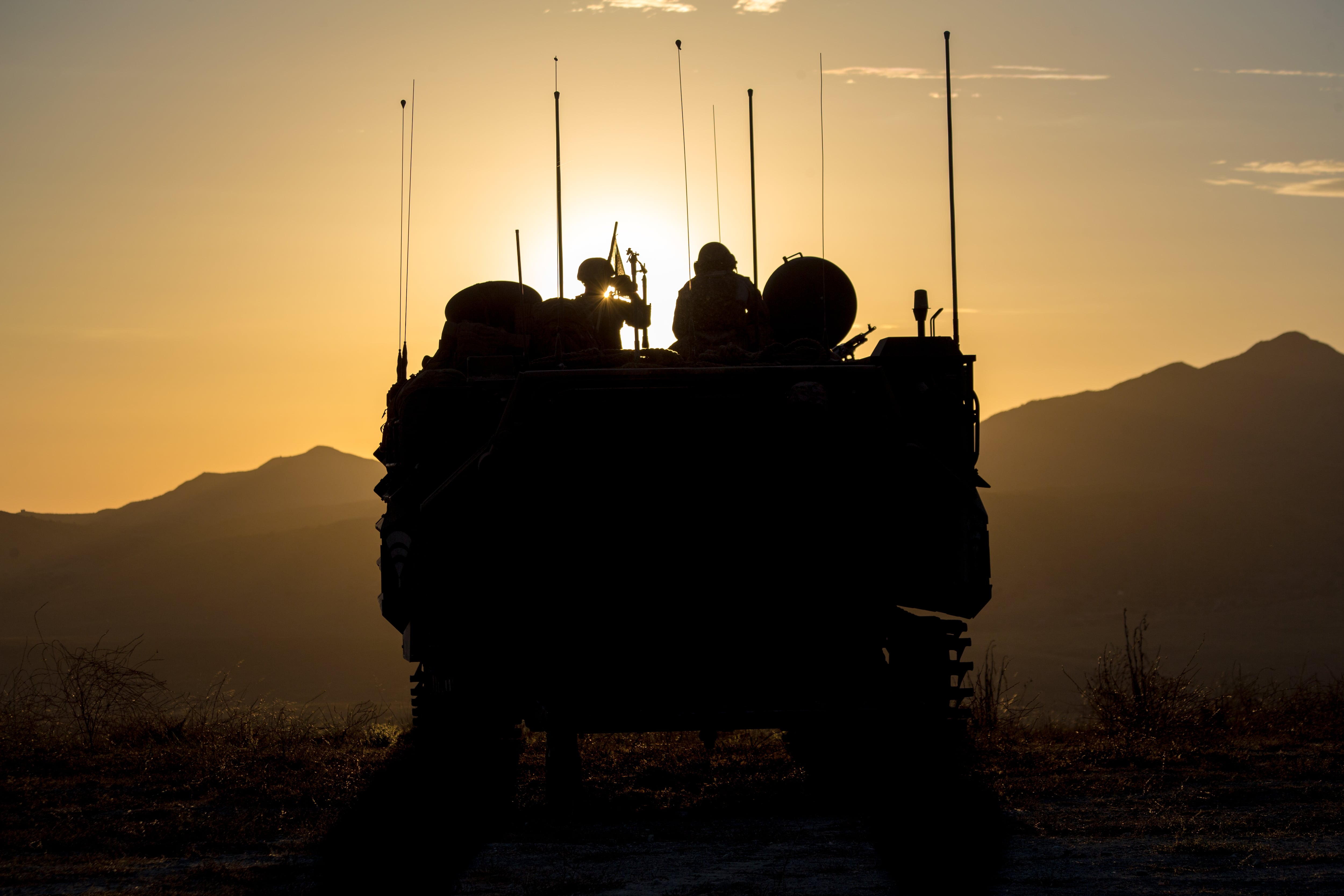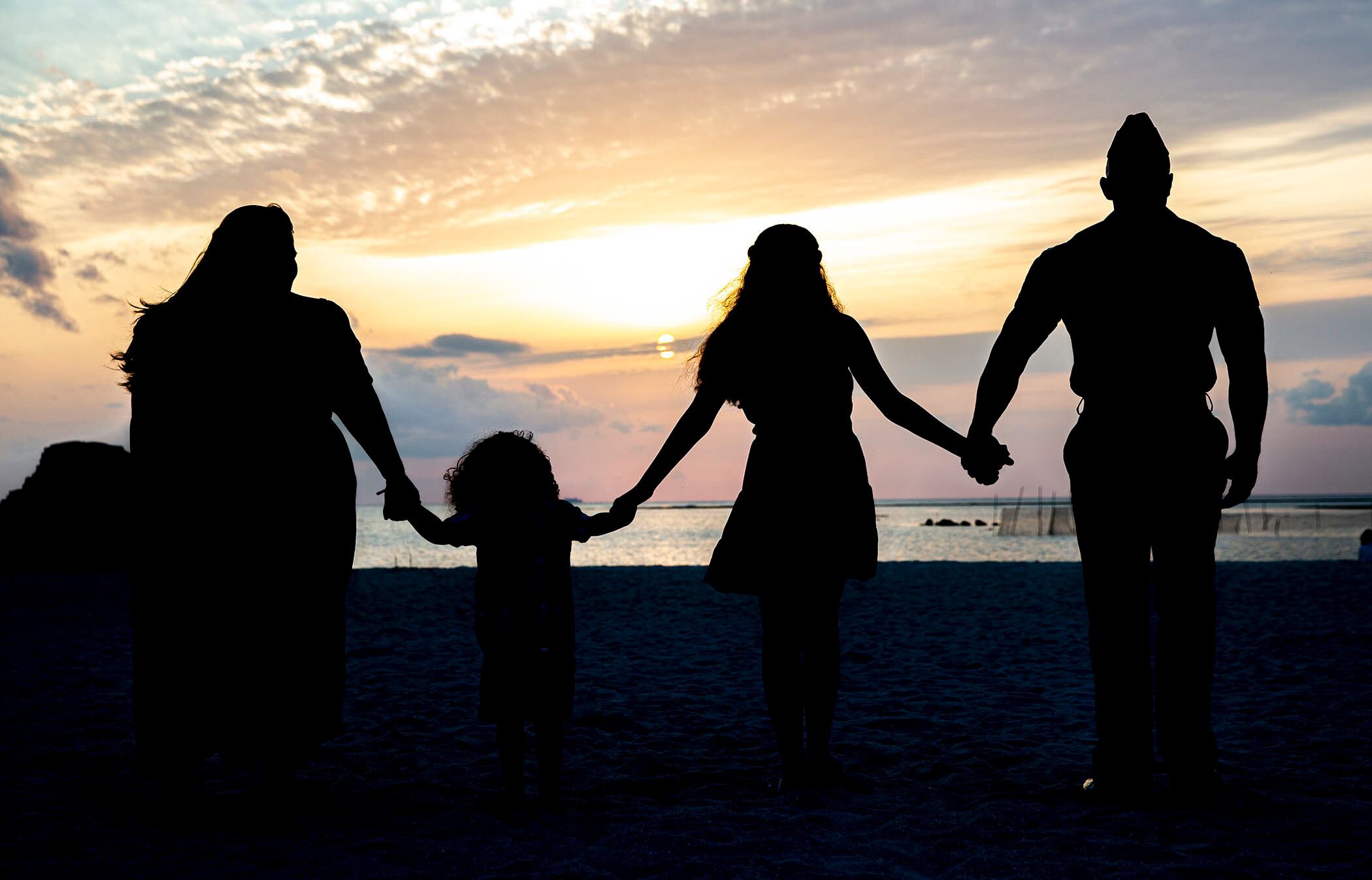A Marine three-star general pulled a Hawaii-based helicopter squadron from a spring deployment after two of its aircraft crashed off Oahu's coast in January, killing a dozen Marines.
Lt. Gen. John Toolan, the head of Marine Corps Forces Pacific, declined to send CH-53E Super Stallions from Marine Heavy Helicopter Squadron 463 to Australia's Northern Territory as part of Marine Rotational Force–Darwin, which began on April 13, said 1st Lt. Joseph Butterfield, a spokesman for 1st Marine Aircraft Wing.
Before the deadly crash, HMH-463 Marine Heavy Helicopter Squadron 463 was one of two Hawaii-based helo squadrons squadrons that were slated to send detachments to Australia for six months starting in April. take part in the latest rotation of rotation of Marine Rotational Force–Darwin, which began on April 13, said 1st Lt. Joseph Butterfield, a spokesman for III Marine Expeditionary Force.Lt. Gen. John Toolan decided after the crash to keep HMH-463 at home and send more helicopters from the other unit, Marine Light Attack Helicopter Squadron 367 instead, Butterfield said told Marine Corps Times.
Currently, four UH-1Y Venom helicopters from HMLA-367 are supporting the Marines air-ground task force in Darwin, he said. Last year, four CH-53Es from HMH-463 took part in the rotation. The Honolulu Star-Advertiser first reported on Toolan's decision last month. on April 25 that HMH-463 had been yanked from the Australia rotation.

Members of Marine Rotational Force – Darwin disembark a CH-53E Super Stallion helicopter with Marine Heavy Helicopter Squadron 463 during an air assault course in Australia's Northern Territory. The same CH-53E squadron was pulled off of this year's rotation to Australia following a deadly helicopter crash in Hawaii.
Photo Credit: Cpl. Reba James/Marine Corps
The HMH-463’s commanding officer of HMH-463 was fired three days before the Jan. 14 crash after senior officials determined he had failed to keep the unit operating at acceptable standards. The investigation into the accident remains under investigation. Officials have not said publicly why he was relieved of command, but a Marine familiar with the situation has told Marine Corps Times that the squadron was not flying enough.
HMH-463 had five CH-53Es available for missions on the day of the crash, Butterfield said. The helicopters that were not flyable that day were either in depot, did not pass functional checks or they were awaiting alignments by specialist teams.
The squadron suspended all flight operations for 12 days after the crash and then only conducted functional check flights to conduct maintenance for another seven days, Butterfield said. During that time, HMH-463 pilots were able to train on flight simulators.
"The squadron's maintainers conducted routine organizational-level maintenance required to bring aircraft to a Ready Basic Aircraft level, fixed subsystems, entered data into reporting systems, and conducted multiple levels of inspection necessary to certify an aircraft safe for flight," he said.
By April 27, the squadron had six CH-53Es ready for missions, Butterfield said. Another two helicopters were in depot.
"The rest of the squadron's helicopters may have been flightworthy but not for a ready-for-tasking level as governed by systems, procedure, and policy," he said.
The cause of the Jan. 14 crash is still under investigation, but mMission capable rates for CH-53Es and other Marine aircraft have plunged in recent the past several years in part due to budget cuts, which make it harder for helicopters to go through depot and maintainers to get the parts they need to keep planes and helos aircraft flying.
In April, CH-53E pilots were averaging about 10.7 flight hours for the last 30-day reporting period, a Marine Corps spokeswoman said last month at the time. Typically, a CH-53E squadron not deployed or getting ready to deploy only have three of their nine helicopters ready for "fight tonight," according to a North Carolina-based Marine aircraft group commander. Col. Sean Salene, commander of Marine Aircraft Group 29 at Marine Corps Air Station New River, North Carolina, said for an April 25 story.





